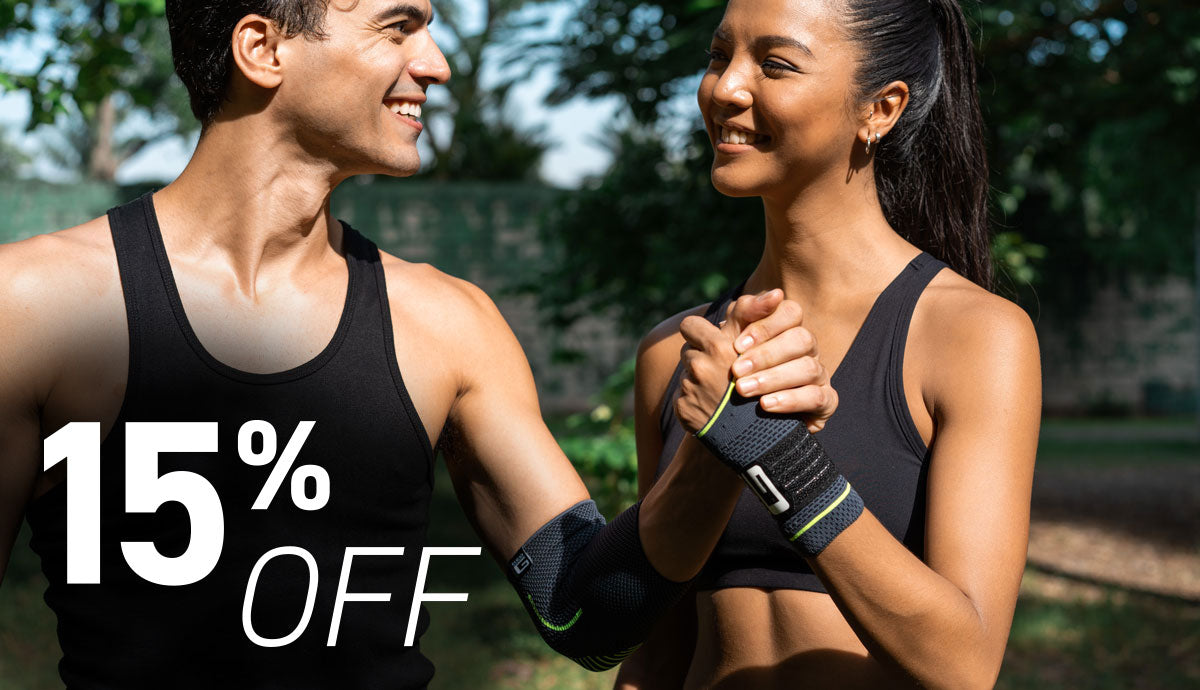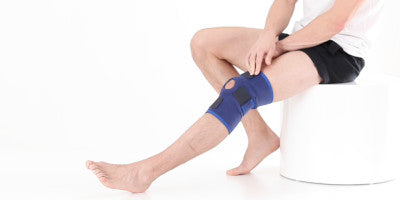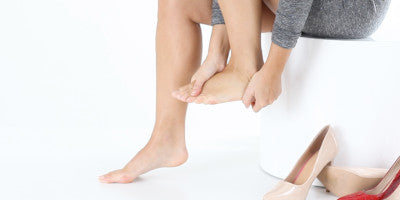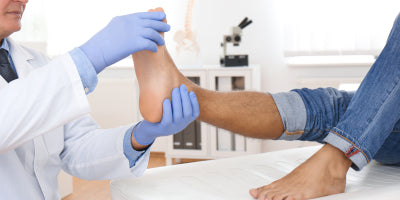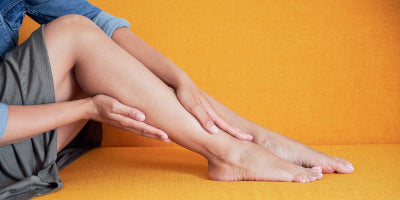Top Tips for Staying Active and Exercising with an Injury

Neo G’s expert advice for maintaining an active lifestyle while injured – including best types of exercises to do while injured, top techniques for minimising impact and facilitating injury rehabilitation and the top therapies which help to prevent and eliminate injuries…
We know for many people, February is an activity-packed month; snow sports season is well underway, running and jogging schedules are restarting post-Christmas and gym membership subscriptions are on the rise. Amidst the fitness plans however, incorporating rehabilitation for injuries into your lifestyle can be difficult. You don’t want an injury to hold you back, but, if you neglect to rehabilitate, injuries can worsen. This month, we want to give you some tips for living the fast-paced lifestyle you enjoy, without compromising your injury recovery.

Choose an injury-friendly exercise:
One way to remain active with an injury is to choose injury-friendly sports and exercises which reduce pressure on muscles and joints. Swimming is a perfect option for exercising with an injury, due to less gravitational pressure on joints and muscles. Additionally, swimming in warmer water can be beneficial to joints and muscles as it will act as a form of heat therapy for injuries. Make no mistake however, swimming is not necessarily an ‘easy option’ – you can choose the difficulty of your sessions, with slower-paced water aerobics for more gentle exercise or faster-paced lane swimming for a more challenging session.
If swimming seems too time-consuming however, getting on the treadmill is a quick and easy option. By training on a treadmill, you can also choose your pace. Start out with gentle walking if you need and increase your speed or incline as you make a recovery. You can apply the same rationale to other types of exercise too, by slowly increasing weight resistance, for example. Start by lifting, pushing or bearing your own weight, then use Thera bands or add weights as you recover. For bar exercises such as pull-ups, you can loop Thera bands under your feet or knees to aid you and then remove as strength and injuries improve.
The types of exercises you can do are unquestionably injury dependent, but you can stay active while injured by training in ways that have little or no impact on your injury. For example with a wrist injury, running, jogging or training leg muscles could be a good way to exercise without causing an injury to deteriorate.

Wear an orthopaedic support:
In addition to the above techniques, using a medical grade orthopaedic support during exercise can help to provide additional support to joints and muscles. With Neo G supports you can choose a support with mild to firm compression, depending on the type and severity of your injury. You can find the support level indicator on the front of product boxes and website product pages**. By choosing suitable exercises for your injury, and also wearing a support, you can optimise your recovery without compromising your fitness regime.
**There is one support level for each product - for example, the Airflow Elbow Support provides mild support, rather than a firm, moderate and mild support option.

Consider using therapies:
Hot & Cold Therapy can also help to aid rehabilitation while exercising. Heat therapy prior to exercise helps to warm muscles and joints, while cold therapy can be used following exercise to reduce any swelling created during exercise. Cold Therapy should not be used before exercise as it can stiffen muscles and joints and increase the chance of further injury. By using Hot & Cold Therapy between exercise sessions you can help to reduce the risk of further injury while exercising as well as aid rehabilitation.
Attending sessions with a physiotherapist and/or a personal trainer can also be beneficial, as you will be able to create tailored workouts to suit your injuries, ensuring they aren’t worsened. A bonus of doing this is that a personal trainer or physiotherapist will also be able to monitor your workout to identify any mistakes with techniques which might be causing or worsening injuries – and might even prevent injuries from occurring.
Remember: Information on this blog is for informational purposes only and is not intended to serve as a substitute for consultation, diagnosis, and/or medical treatment.
Want to know more? Read below for an introduction to some of our products that could help you achieve your goals!

Our VCS range offers varying levels of support from mild to moderate to firm to provide optimum protection and stability. As a one size solution, these supports are fully adjustable to allow for a custom fit. In addition to this, the heat therapeutic neoprene helps to warm muscles and joints during exercise and rehabilitation, making the VCS range perfect for supporting instability during weights and gym training, as well as helping strains, sprains and weak, arthritic joints.

For support in everyday activities, the Airflow and Airflow+ ranges offer lightweight, slimline supports that protect and reduce the impact on joints and muscles. Perfect for taking a walk, playing sport or support with day to day strain.

If its rest and recovery you need, our hot and cold therapy range offers just that. While heat therapy helps to target muscle and joint pain by relaxing muscles and improving blood flow, cold therapy works to tackle muscle swelling, soothing aches and pains.
Read more in our full Hot & Cold Therapy post.
